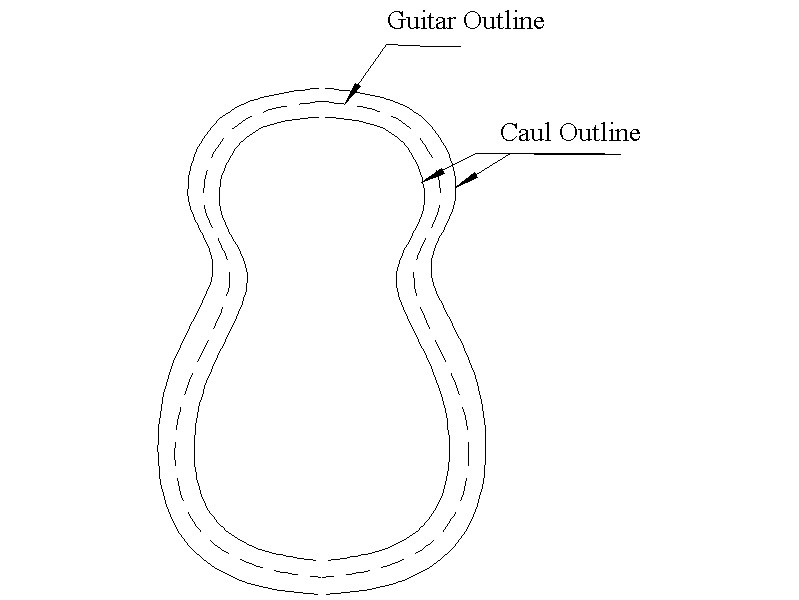[QUOTE=Skip Beach] Michael: Are you using the hammer-on pads that have a length of nail embedded in the center that is hammered onto the end of the rod (or chairleg)? If so, do you use wooden rods only? It would seem not so easy with fiberglass rods. Also, do you drill a pilot hole into the end of the rod? It's a neat idea, I'm just trying to be clear on how/what you hammer.
For fiberglass rods, do you (or others) think that CA gluing a round, 1/4" thickness of felt pad on the rod end would be a reasonable alternative?
Mark: That outline caul is a great idea! As you've done, it seems that the width of the donut would be best to keep thin so as not to distort the plate's arch near the edges.
What about using elastic wrap (bicycle tire, bungee cord, heavy rubber bands, surgical banding) for clamping the top and/or back to the rims? This seems like a great way to have the clamp follow the plate arch without distorting it.
Skip [/QUOTE]
no not the nail type. These have a metal collar or sleeve about 1/8" tall 1/4" od x 7/32" id. That is the hammer in devise. I use the sleeve as a scocket for the rod.
Nothing wrong with gluing up bindings by wrapping, but I would think it would be hard to insure proper alignment attaching a top or bottom this way. Spool clamps are a great way to do this job but I like to leave my tops 1/4" over size( 1/8 to the side) till after glue up. For this reason I like to use my go-bar deck, radiused dishs and assembly molds. that way I cut down on required clamps and have a better visiual proof of the allignment.MichaelP38728.5162268519
|

